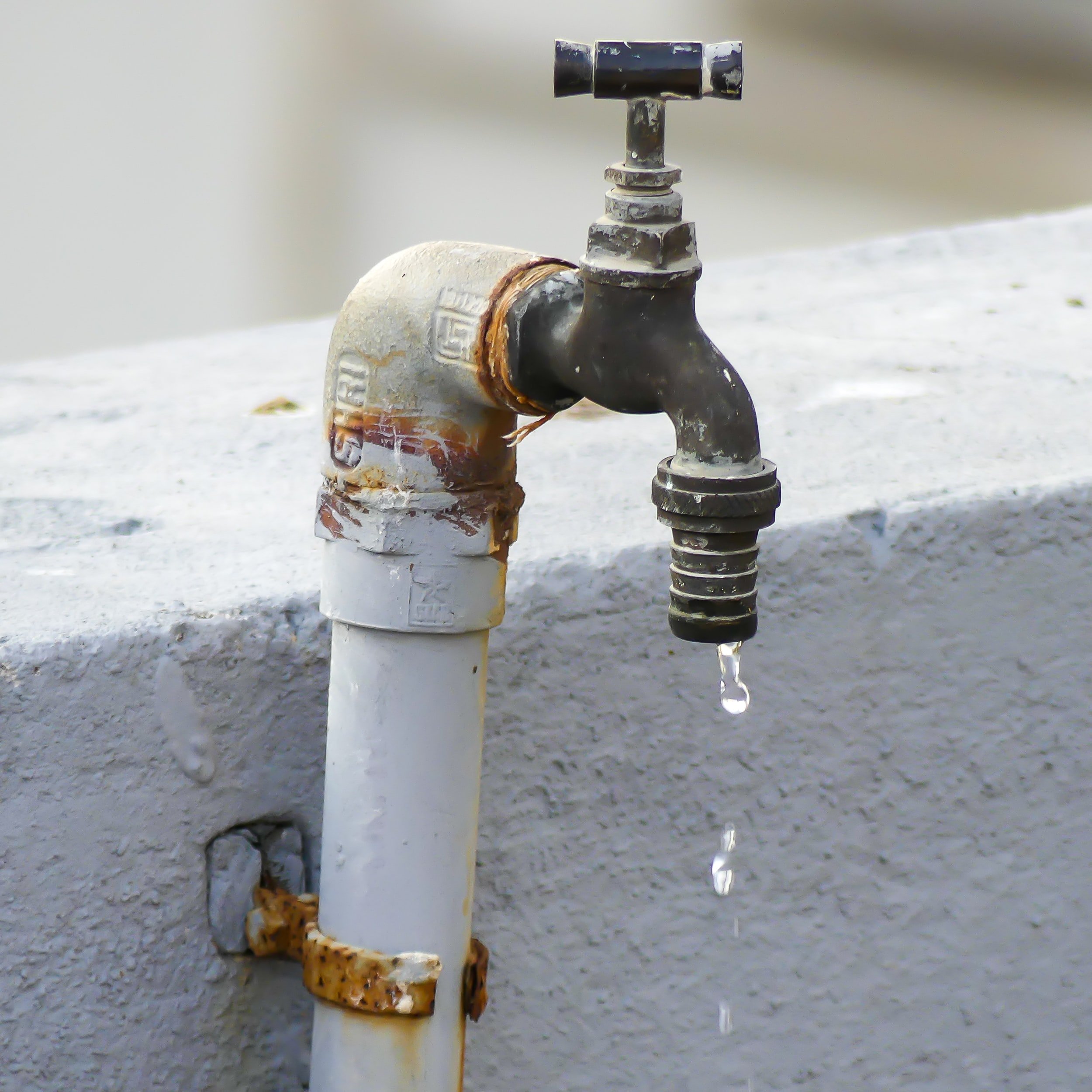Old pipe systems often suffer costly damages, as they are prone to leaks, bursting, and root intrusion. These issues can cause water damage, structural damage, and biohazard contamination.
There are two primary forms of pipe repair: trench pipe repair and trenchless repair. Trench pipe repair requires excavating the entire faulty line and replacing it. Trenchless repair, on the other hand, inserts a flexible liner in the damaged pipe, inflates the tube, and cures it in place.
Read on to learn more about cured-in-place pipe repair, how it works, and how it can help save older pipe systems.
What is Cured-in-Place Pipe Repair?
Cured-in-place pipe repair is a method of restoring aged pipelines by filling them with an epoxy liner and curing the liner in place. It creates a new pipe within the old one, improving its performance and helping to extend pipe life.
CIPP is a seamless and non-invasive way to repair an aged pipe, and experts can apply it to several different types of lines, including water, drainage, and sewer pipes.
Specialists favor CIPP repair because it lasts for a long time, saves money, and saves time. Also, they can conduct CIPP without significantly disturbing the surrounding area.
How Does CIPP Work?
The CIPP process begins with a video inspection. This video inspection can determine the location of the damage and how to tackle it most effectively. Afterward, they drill an access point to access the damaged liner.
Specialists fill the aged pipe through the access point with a flexible epoxy liner. Then they use water or air pressure to inflate the liner. Finally, experts use heat or ultraviolet light to cure the liner in place.
By now, a protective layer coats the damaged pipe from within, sealing cracks and forming a new line.
How CIPP Saves Older Pipe Systems
CIPP is an effective technique for restoring and rehabilitating aged pipe systems. It involves inserting an epoxy liner into the old pipe, which is then cured to create a protective layer with the old line.
Here are three ways that CIPP can help to save older pipe systems:
CIPP is Cost-Efficient
Cured-in-place pipe repair CIPP is typically a more cost-efficient alternative to conventional pipe replacement methods. Since the process repairs the failed pipe from the inside, it removes the need to dig a trench to remove the old liner.
Trenching can be expensive and time-consuming, and CIPP’s non-invasiveness is another reason it’s an economical option. From digging to repair and replacements, trench pipe repair can force property owners to spend a fortune to repair their older pipe systems.
Also, CIPP requires less personnel and equipment, reducing costs from the entire process and economizing resources.
CIPP Minimizes Disruption During Repair
CIPP is a non-invasive technique, meaning experts carry out the process without causing significant disruption to the surrounding area. CIPP is especially useful when the damaged line sits under a busy or critical area, such as a road or garden.
Trenchless pipe repair won’t disturb infrastructures and landscapes, which is why experts recommend it for commercial properties.
CIPP Increases the Lifespan of Older Pipe Systems
Epoxy liners are made from an organic plant-based material and are resistant to corrosion, root intrusion, and wear. Relining failed pipes with CIPP can help prolong their lifespan since epoxy pipes last longer.
There are various ways that CIPP can help increase pipe life, including:
- The CIPP process creates a jointless, seamless pipe with the existing one, preventing leaks and other types of damage that can reduce pipe life.
- The epoxy used for CIPP pipes resists wear and other forms of damage, which can help increase the line’s lifespan.
Experts use CIPP to repair a damaged pipe, but not necessarily to the point of replacement. It can help prevent scenarios that need more costly and extensive repairs down the line.
CIPP is a fast and non-disruptive way to repair faulty liners, meaning that experts can conduct the process without significantly disturbing the surrounding area. It can help extend the pipe system’s lifespan by cutting down the potential for additional damage during the rehabilitation process.
Contact Industrial CIPP for Help with Older Pipe Systems
Overall, CIPP is an effective tool for repairing and rehabilitating older pipe systems. It saves resources, minimizes disturbance, and increases the lifespan of pipe systems.
If you’re facing damaged older pipe systems, then we can help. At Industrial CIPP, we’re an industry leader that works hard to ensure sustainable pipe repair for property owners. Contact us, and we’ll get in touch immediately!
